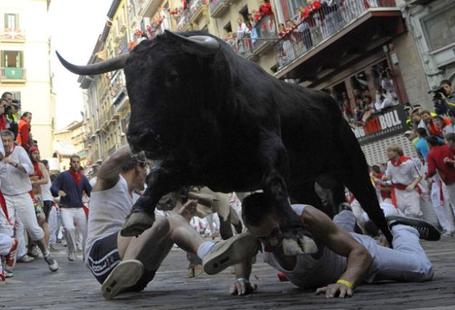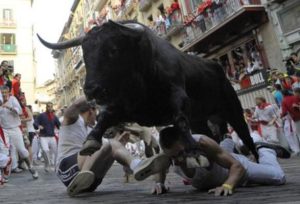A bear trap is a false technical bearish signal for price to continue falling in a down swing on a chart to new lower prices that lures in short sellers. Bear traps catch short sellers chasing a price lower which reverses causing shorts to cover and leads to more buying and momentum to the upside.
A bear trap usually starts with price moving lower sharply and creates expectations of a continued downtrend on the chart. Instead, the price of the chart can go sideways in a range and eventually rally higher causing short sellers to be trapped on the wrong side of the move and to incur losses.
Bear traps are usually short squeezes, when a big rally to the upside happens during a downtrend in a market due to a lack of sellers at lower prices. This combines with the need for short sellers to buy to cover due to the reversal in the market trend creating heat on their positions.
Short squeezes gain momentum as more short sellers are forced to buy to cover their positions at higher prices resulting in increased trading volume on the reversal. The pressure on the short sellers to buy back their positions can be amplified by margin calls, trailing stops, and stop losses being triggered on their trades. The short sellers create buying pressure because they have to buy back the shares or contracts they are short to cover during the swing higher in price. Most short squeezes that are bear traps result in very fast and powerful moves to the upside.
A bear trap is more likely to happen in stocks with large amounts of shares outstanding as short interest and a high short interest ratio. Bear traps have a higher probability to happen when a large amount of a stock’s float is short, a market has an extremely bearish sentiment, or sellers simply are exhausted after a long downtrend and the chart finds price levels of support with no sellers left.
When a market reaches maximum bearish sentiment at a price level where traders and investors prefer to hold their positions instead of sell a bear trap could be set.

